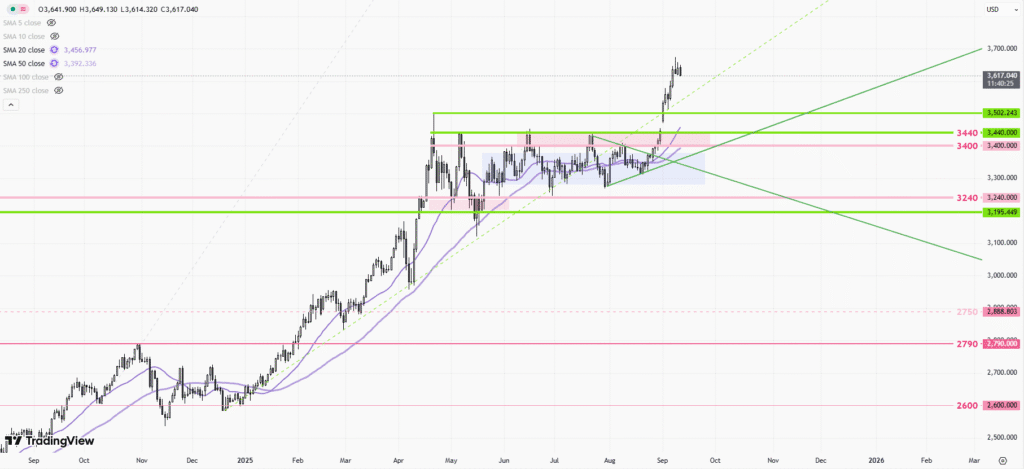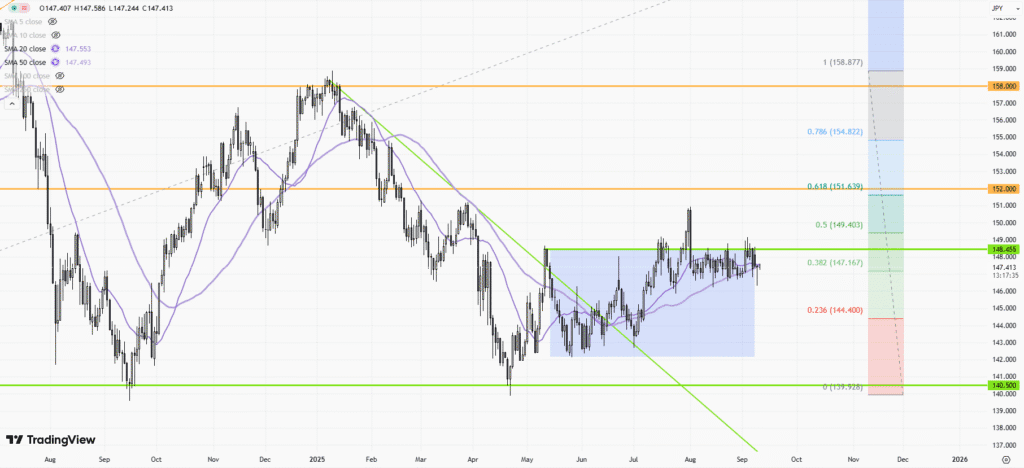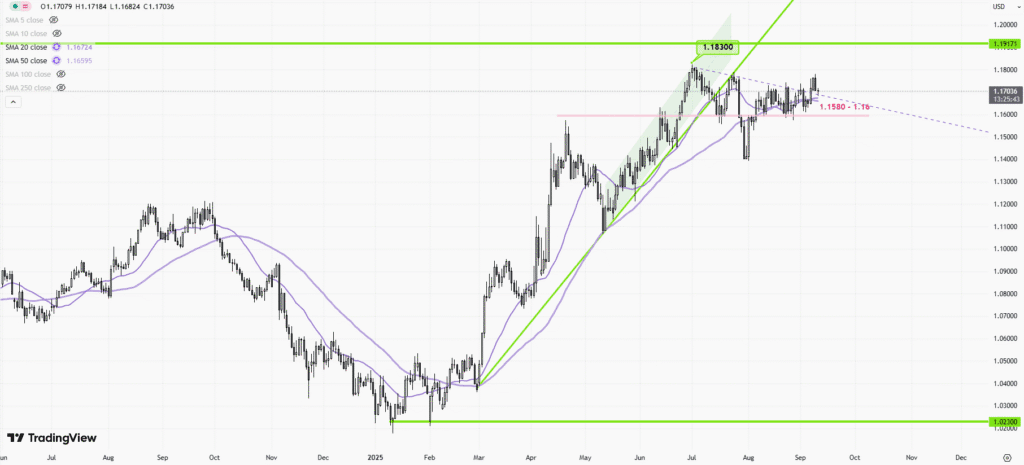 |
| Gold V.1.3.1 signal Telegram Channel (English) |

Home Depot Q2 2025 Earnings: Moderate Sales Growth Amid Economic Challenges and Strategic Shift to Pro Segment
2025-08-19 @ 21:01
Home Depot’s Second Quarter 2025: Growth, Challenges, and a Strategic Pivot
Home Depot, the global leader in home improvement retail, released its financial results for the second quarter of fiscal year 2025, painting a complex picture of moderate growth amid economic uncertainty. The company’s focus and performance this quarter highlight the strengths and pressures facing the broader home improvement market, as well as its own evolving strategy in response to shifting consumer and professional trends.
The Numbers: Modest Growth, Earnings Miss
Home Depot reported net sales of $45.3 billion for the quarter, reflecting a 4.9% increase compared to the same period last year. Despite this solid top-line growth, the figure came in below Wall Street expectations, which had forecast slightly higher revenues for this quarter.
Comparable sales, a key metric for retail performance, rose by 1.0% overall, with U.S. comparable sales up 1.4%. These results indicate Home Depot’s enduring appeal, particularly among American consumers, yet also point to the limits of growth as broader economic headwinds persist. Notably, unfavorable foreign exchange rates trimmed approximately 40 basis points from overall comparable sales.
Net earnings for the quarter reached $4.6 billion, with diluted earnings per share (EPS) at $4.58. While adjusted EPS was slightly higher at $4.68, both fell short of analyst estimates. The market response was subdued, with the stock experiencing a slight pullback in pre-market trading, reflecting some disappointment against a backdrop of modest enthusiasm in recent months.
Pressures and Challenges: Navigating a Shifting Landscape
Several factors weighed on Home Depot’s performance this quarter. The ongoing macroeconomic slowdown has dampened expectations for consumer discretionary spending, a pattern reflected in the softer-than-hoped profits.
The company’s enduring challenge remains its core DIY segment, where demand continues to soften as consumers cut back on larger renovation projects in the face of persistent interest rates and housing market uncertainty. However, Home Depot has found some resilience by zeroing in on smaller, high-margin home improvement projects, which have attracted continued customer engagement.
Another point of strategic emphasis is debt reduction—a prudent move given the current interest rate climate. By tightening cost controls and making disciplined investments, Home Depot aims to sustain its market leadership and protect margins despite slowing growth.
A Strategic Pivot: The Rise of the Pro Segment
Behind the headlines, Home Depot’s professional segment—or “Pro” business—emerged as a key driver of this quarter’s performance. Through its recent acquisition of SRS Distribution and continued investment in B2B digital tools and high-margin categories like roofing and landscaping, Home Depot’s Pro segment accounted for more than half of its sales growth in the quarter.
This focus on professional contractors and trade clients helped offset some of the softness in the DIY market. The company sees long-term opportunity in serving professionals, who not only drive larger transaction volumes but also rely on more frequent, recurring purchases. This strategic shift could prove essential in maintaining growth and expanding margins over the coming years.
Looking Ahead: Guidance and Opportunities
Despite missing analyst estimates, Home Depot reaffirmed its existing guidance for fiscal 2025, signaling ongoing confidence in its operational resilience and long-term strategy. The company continues to operate over 2,350 retail locations and employ more than 470,000 associates across the U.S., Canada, and Mexico—demonstrating both its scale and broad market reach.
Analysts remain cautiously optimistic about Home Depot’s prospects. The company’s price-to-earnings (P/E) ratio stands at 27.1, reflecting a defensive value and a dividend yield of about 2.45%. Some see potential for a 14% upside over the next year if the housing market stabilizes and the Pro segment’s outperformance continues.
The future path for Home Depot will likely depend on both macroeconomic variables and management’s agility in deepening its relationship with professional customers. As the home improvement landscape continues to shift, Home Depot’s ability to adapt, invest in the right segments, and maintain operational discipline will be critical to its long-term value creation for shareholders.
For investors, Home Depot stands as a bellwether of both consumer sentiment and the ongoing evolution in home improvement retail, balancing near-term challenges with a strategy designed for resilience and growth.








